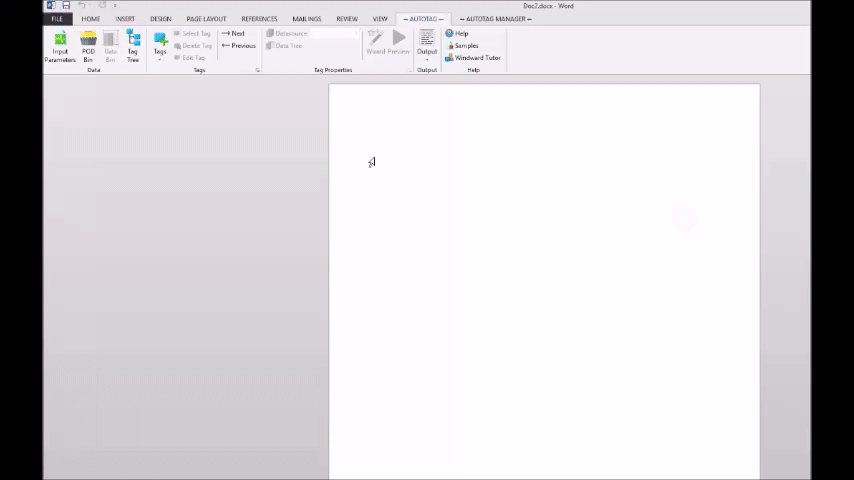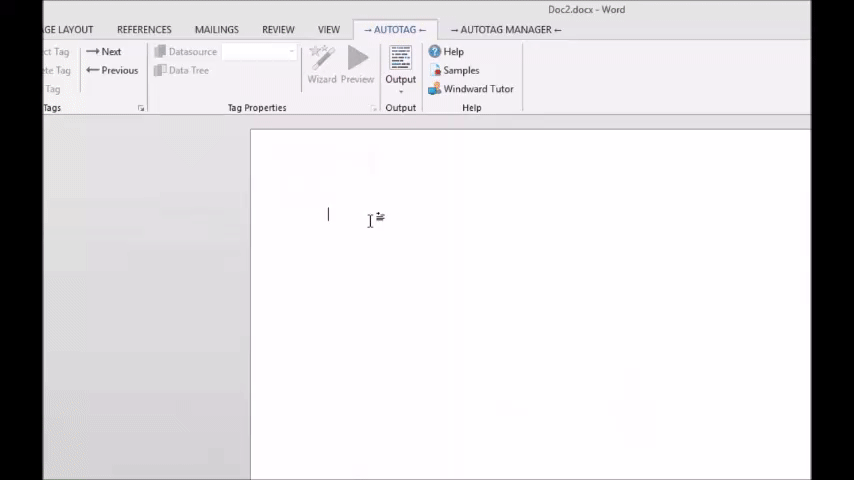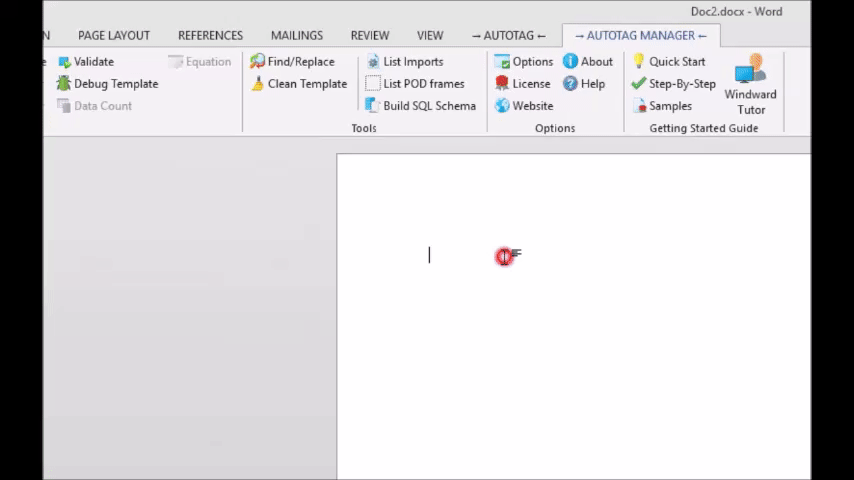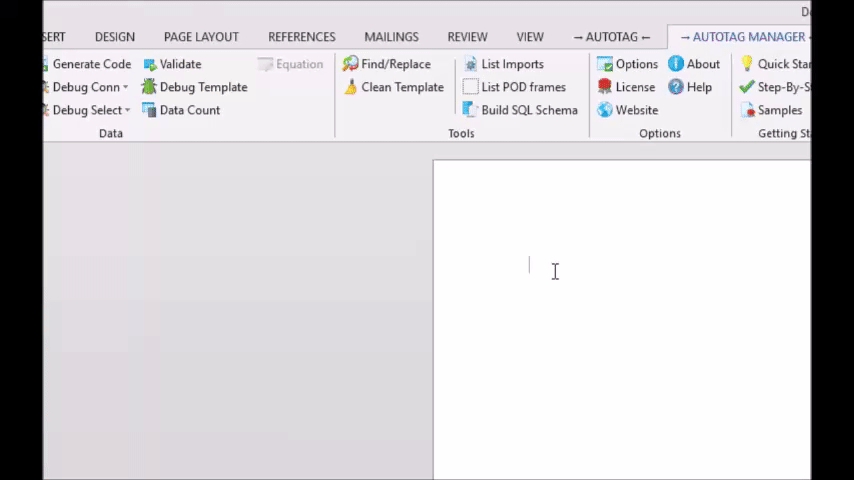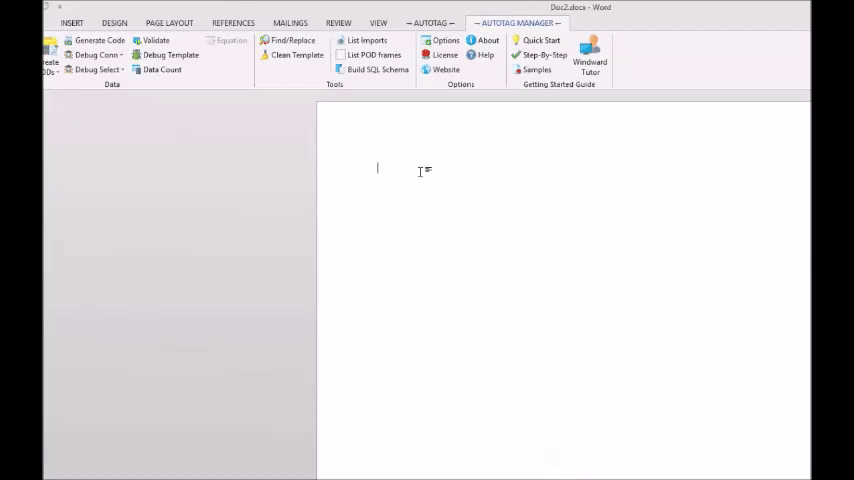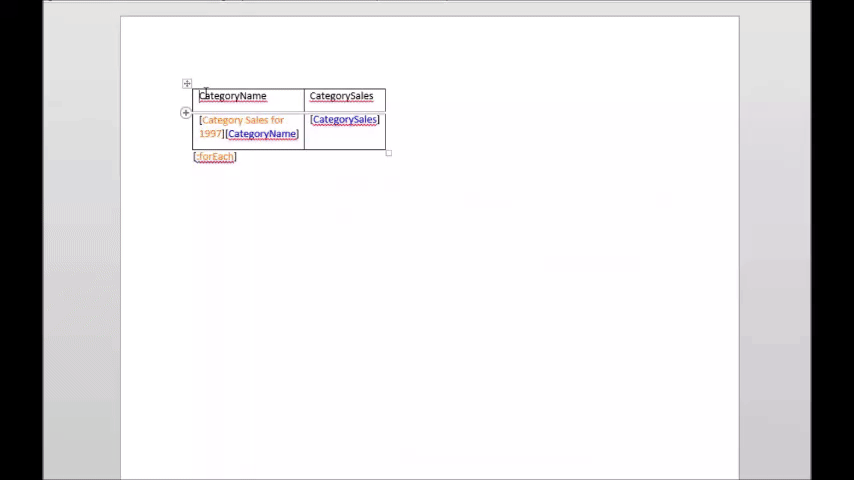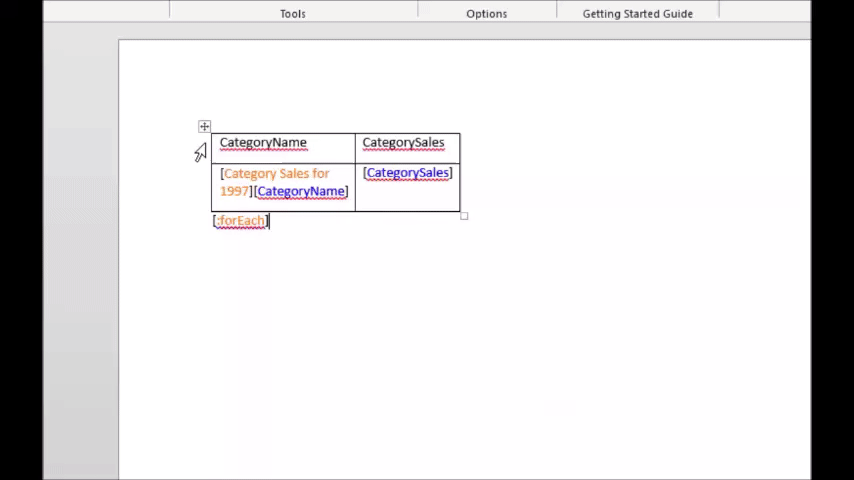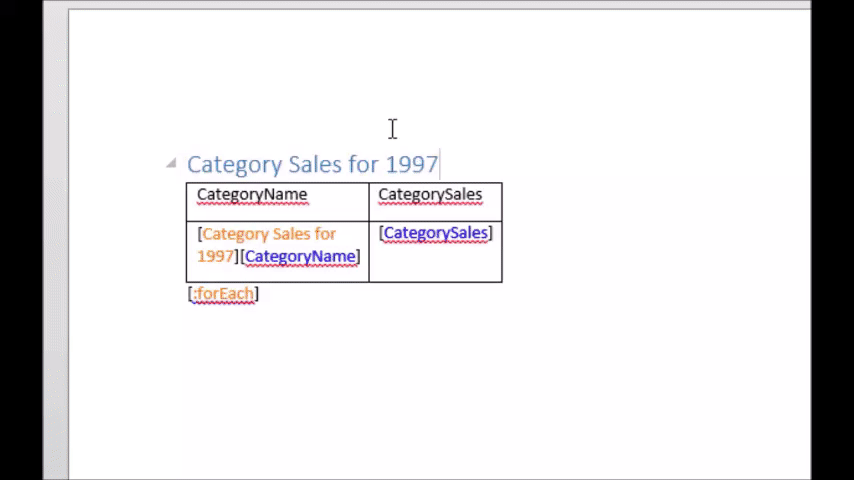Objective
To learn how to create a POD and add other elements to it by trying out each of the various elements that can be added to a POD.
Background Information
Virtually any part of your template can be stored in a POD. You can put an entire document in a POD, and you can put a single character in a POD should the need arise. You can put images and tables in, as well as formatted text. Any selected tags will keep their data selection when they are placed in a POD, datasources will store all information necessary to connect, and parameters will store all relevant information. On the other end, the user will literally drag and drag a document together!
Pre-requisites
Inserting a Tag, Inserting Pre-Made Tags from the Data Bin, Parameter BasicsProcedure
1. Create a parameter named AutoTagVar with value "Windward"
First, we’ll create a parameter with a simple value in it. From AutoTag Manager, click Parameters, then click Add. We named ours AutoTagVar and gave it a default value Windward. If you are unfamiliar with this process, please check out Parameter Basics.
2. Create a Parameter POD
Next, we will stick the parameter we just made into a new POD. To do this, click the Create Pods button in the AutoTag Manager ribbon, then press Parameters. In the window that opens, ensure your parameter is selected, then click Browse to find a file location to save to.
3. Load MSSQL datasource
Load the MSSQL datasource. If you do not have it in your options, you can load any other working datasource, or follow the instructions at Connecting to your SQL data to create this datasource.
4. Create a datasource POD
Creating a datasource POD is very similar to creating a parameter pod. Click Create Pods, then press Datasources. Then, the window that opens is exactly the same except you need to select your datasource instead. You don’t have to browse again. The POD file you created earlier should already be entered into the location box.
A POD file contains multiple PODs, so don’t worry about overwriting anything. If you had already created a parameter POD or datasource POD with the same name, AutoTag will prompt you about overwriting/updating an existing POD.
5. Insert a View from the Data Bin
To make things go faster here, we’re going to simply insert a View from the Data bin as you did in theData Bin tutorial. This will create a table with a ForEach tag and a couple of out tags for us. The only difference between a View and a Table (which you have previously used in the Data bin tutorial) is that a View is a pre-determined set of data on the server, so you don’t have to set up any filters or anything. Not all databases have Views created.
6. Create a table POD
As mentioned before, PODs can be used to store almost anything. In this case, we are going to select the table (important hint: Don’t select the End ForEach tag for this tutorial. AutoTag recognizes when you select a table that contains a ForEach tag, and will automatically pick up the End ForEach tag for you.). Highlight the table using any means you know of (clicking the crosshairs in the top-left corner is easiest) and then click Create Pods and select Pod.
In the window that opens, you’ll notice you now have a slightly different kind of selection than with the previous two PODs you created. Select Table On, and you will have a POD with a table in it.
7. Add a header
Now, just add a header right before the table and apply a style to demonstrate that PODs also carry formatting.
8. Create a POD with the header
This should be pretty straight forward. You’ll click Create Pods and this time, either click Selected if you highlighted the header, or Paragraph on if the cursor is on the header. To finish this tutorial, you’ll want to carry the POD file over to Using PODs so you can see the result of your POD creation.
